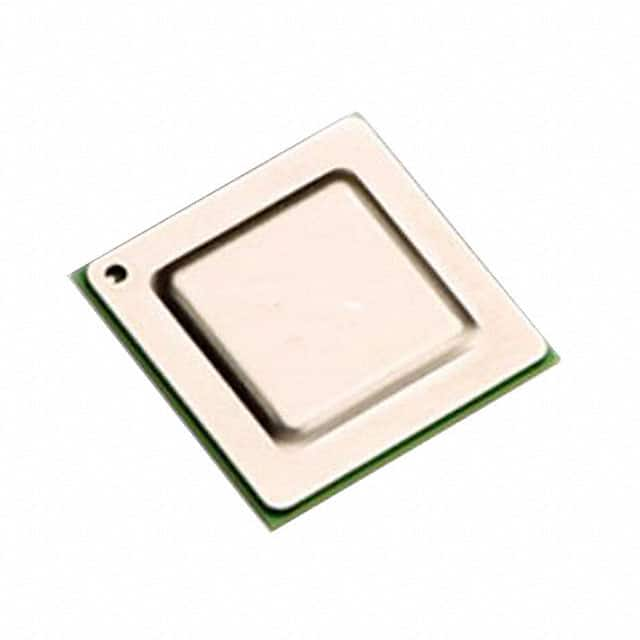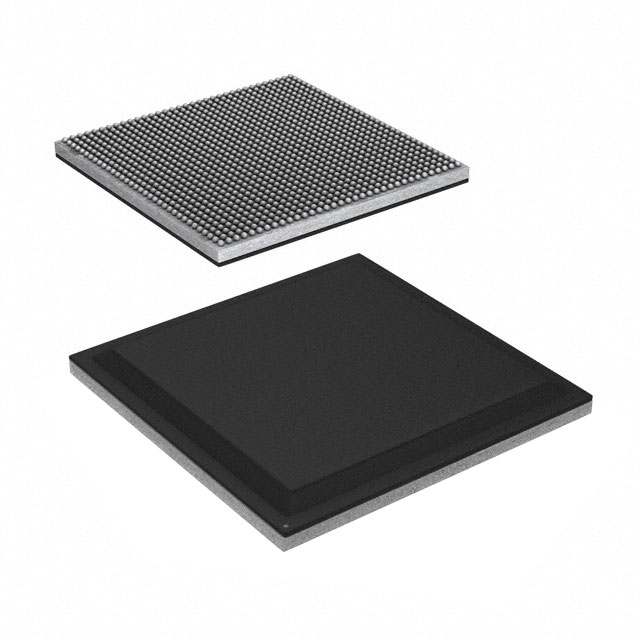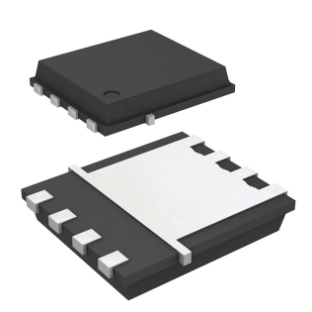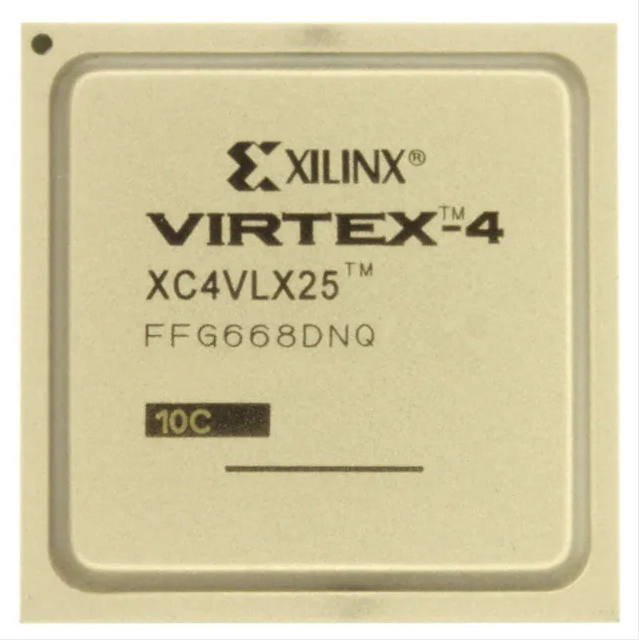(In stock) PEX8624-BB50RBC F 324-FCBGA (19×19) integrated circuit IC PCI EXPRESS SWITCH 324FCBGA
Product Attributes
| TYPE | DESCRIPTION |
SELECT |
| Category | Integrated Circuits (ICs)InterfaceAnalog Switches - Special Purpose |
|
| Mfr | Broadcom Limited |
|
| Series | ExpressLane™ |
|
| Package | Tray |
|
| Product Status | Obsolete |
|
| Applications | PCI Express® |
|
| Multiplexer/Demultiplexer Circuit | - |
|
| Switch Circuit | - |
|
| On-State Resistance (Max) | - |
|
| Voltage - Supply, Single (V+) | - |
|
| Voltage - Supply, Dual (V±) | - |
|
| -3db Bandwidth | - |
|
| Features | Configurable |
|
| Operating Temperature | - |
|
| Mounting Type | Surface Mount |
|
| Package / Case | - |
|
| Supplier Device Package | 324-FCBGA (19x19) |
Analogue switch
The analogue (or PETR) switch, also called the bilateral switch, is an electronic component that behaves in a similar way to a relay, but has no moving parts. The switching element is normally a pair of MOSFET transistors, one an N-channel device, the other a P-channel device. The device can conduct analog or digital signals in either direction when on and isolates the switched terminals when off. Analogue switches are usually manufactured as integrated circuits in packages containing multiple switches (typically two, four or eight). These include the 4016 and 4066 from the 4000 series.
The control input to the device may be a signal that switches between the positive and negative supply voltages, with the more positive voltage switching the device on and the more negative switching the device off. Other circuits are designed to communicate through a serial port with a host controller in order to set switches on or off.
The signal being switched must remain within the bounds of the positive and negative supply rails which are connected to the P-MOS and N-MOS body terminals. The switch generally provides good isolation between the control signal and the input/output signals. They are not used for high voltage switching.
Important parameters of an analogue switch are:
- on-resistance: the resistance when switched on. This commonly ranges from 5 ohms to a few hundred ohms.
- off-resistance: the resistance when switched off. This is typically a number of megaohms or gigaohms.
- signal range: the minimum and maximum voltages allowed for the signal to be passed through. If these are exceeded, the switch may be destroyed by excessive currents. Older types of switches can even latch up, which means that they continue to conduct excessive currents even after the faulty signal is removed.
- charge injection. This effect causes the switch to inject a small electric charge into the signal when it switches on, causing a small spike or glitch. The charge injection is specified in coulombs.
Analogue switches are available in both through-hole technology or by surface-mount technology packages.
An analog switch is a switch that uses the characteristics of JFET or MOS to control the signal path.
An analog switch is a switch that uses the characteristics of JFET or MOS to control the signal path, and is mainly used to complete the switching function of signal link connection or disconnection. Because of its low power consumption, fast speed, no mechanical contacts, small size and long service life, it has been widely used in various automatic control systems and electronic digital products.
The structure of the traditional CMOS process analog switch is shown in Figure 1. Connecting NMOS and PMOS in parallel allows signals to pass equally smoothly in both directions. The gate is used to control the turn-on and turn-off of the switch. NMOS turns on when Vgs is positive, and turns off when Vgs is negative, and PMOS does the opposite. Due to the different characteristics of PMOS and NMOS, the switch composed of them has the characteristics shown in the figure below. The amount of signal current carried between NMOS and PMOS is determined by the ratio of input to output voltage. Since the switch does not have the problem of selecting the direction of current flow, there is no distinction between input and output. The two MOSFETs are turned on or off under the control of internal inverting and non-inverting logic. The advantage of CMOS switches is the rail-to-rail dynamic range, bidirectional operation, and the on-resistance remains unchanged when the input voltage changes.













